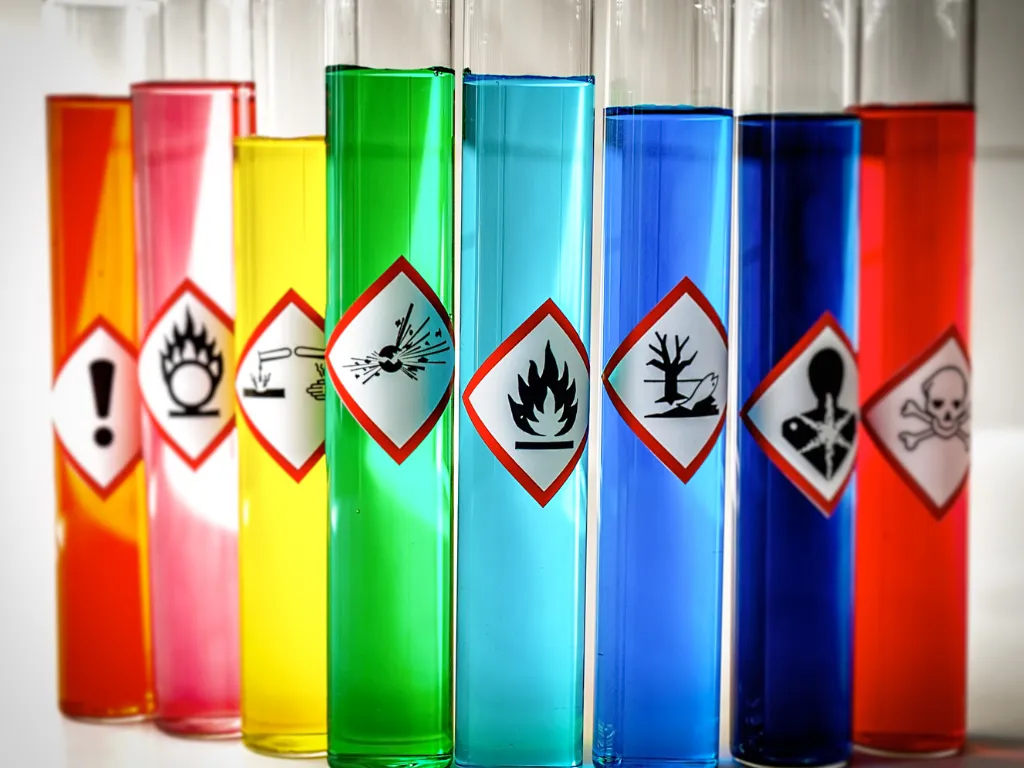News Details

Singapore to Regulate Chlorpyrifos and Paraquat: Stricter Controls Signal Global Chemical Trade Implications
On 28 April 2025, Singapore’s National Environment Agency (NEA) notified the World Trade Organization (WTO) of plans to tighten regulatory controls on two major agrochemicals: chlorpyrifos and paraquat (including all their salts and preparations). The proposed changes will be implemented through amendments to the Environmental Protection and Management Act 1999 (EPMA) and related hazardous substances regulations. They are scheduled to enter into force by October 2025, in alignment with the relevant international conventions.
This regulatory update is expected to impact importers, manufacturers, distributors, and users of these chemicals both within and beyond Singapore’s borders, signaling a shift in the region’s chemical governance that aligns with global environmental frameworks.
New Hazardous Substances Classification under EPMA
Under the forthcoming amendments, chlorpyrifos and paraquat (along with their associated salts) will officially be designated as hazardous substances under Singapore law. The chemicals will be added to the Second Schedule of the EPMA and to the Schedule of the Environmental Protection and Management (Hazardous Substances) Regulations. These changes will apply to the chemicals at all concentrations and in all preparation forms.
Once in effect, companies engaging in the import, export, manufacture, sale, transport, storage, or use of these substances will be required to obtain a Hazardous Substances (HS) License or Permit from NEA.
Alignment with International Conventions
The move comes as Singapore prepares to fulfill its anticipated obligations under the Rotterdam and Stockholm Conventions:
-
The Rotterdam Convention's Chemical Review Committee (CRC) has recommended listing chlorpyrifos and paraquat in Annex III, subjecting them to the Prior Informed Consent (PIC) procedure due to their classification as hazardous pesticides.
-
The Stockholm Convention's Persistent Organic Pollutants Review Committee (POPRC) has also found chlorpyrifos to be a persistent organic pollutant (POP), citing its high toxicity to aquatic invertebrates and potential harm to mammals. The POPRC recommends listing chlorpyrifos in Annex A of the Convention, targeting global elimination of its production and use, with limited exemptions.
These developments are expected to be deliberated at the 12th Conferences of the Parties (COPs) for both conventions, which will take place between 28 April and 9 May 2025.
Environmental and Health Risk Mitigation
The proposed licensing requirements aim to mitigate the public health and environmental risks associated with these high-impact agrochemicals. Once enforced, the NEA will be able to:
-
Monitor the full life cycle of the chemicals—from import to end use.
-
Impose restrictions or eliminate use when needed.
-
Implement PIC obligations should the chemicals be formally listed in international treaties.
Implications for Industry Stakeholders
The regulatory changes will have significant implications for the agricultural, industrial, and chemical sectors operating in or trading with Singapore. Businesses dealing in chlorpyrifos or paraquat are urged to:
-
Review inventory and supply chains for compliance risks.
-
Begin preparing license applications.
-
Stay informed about international decisions at the upcoming COPs.
Stakeholders have until 27 June 2025 (60 days from the date of notification) to submit comments on the proposal. The proposal is expected to be officially adopted via government gazette in June 2025, with full enforcement planned for October 2025.
We acknowledge that the above information has been compiled from World Trade Organization.

 Twitter
Twitter
